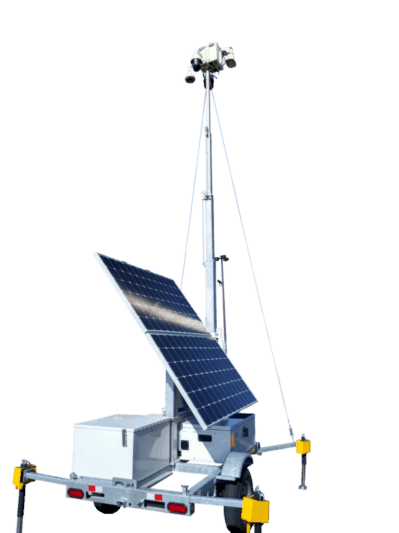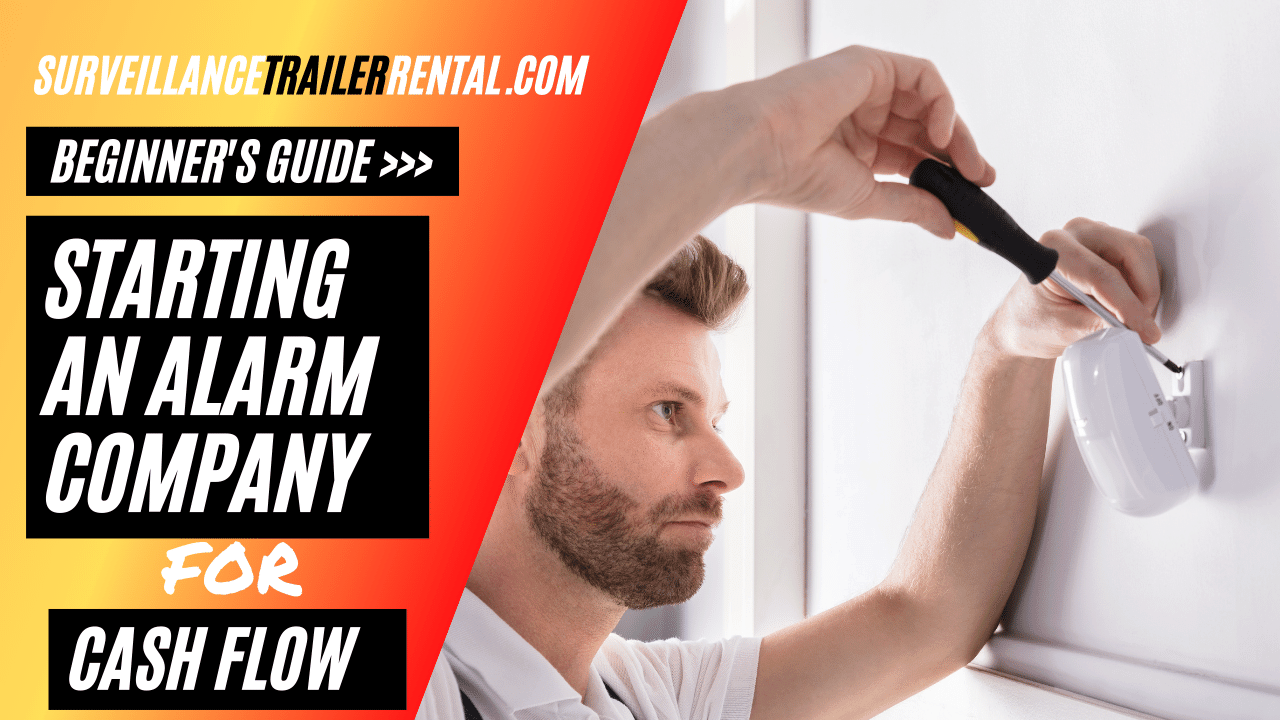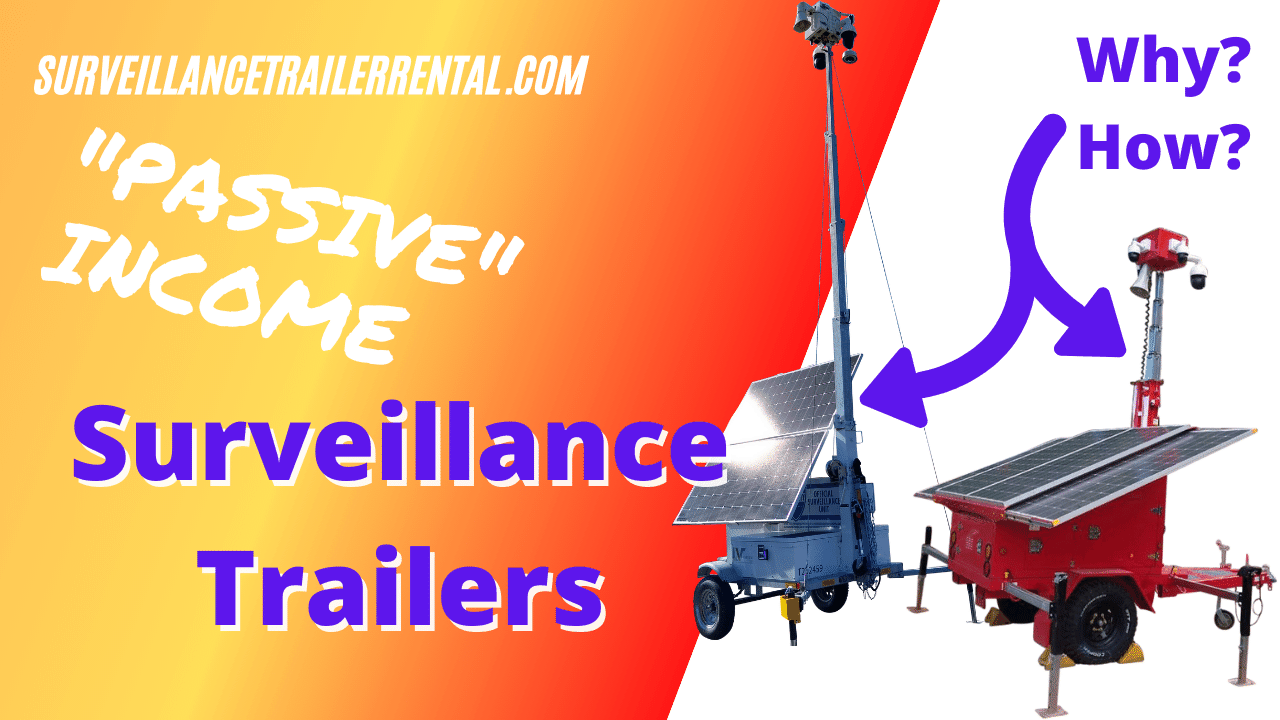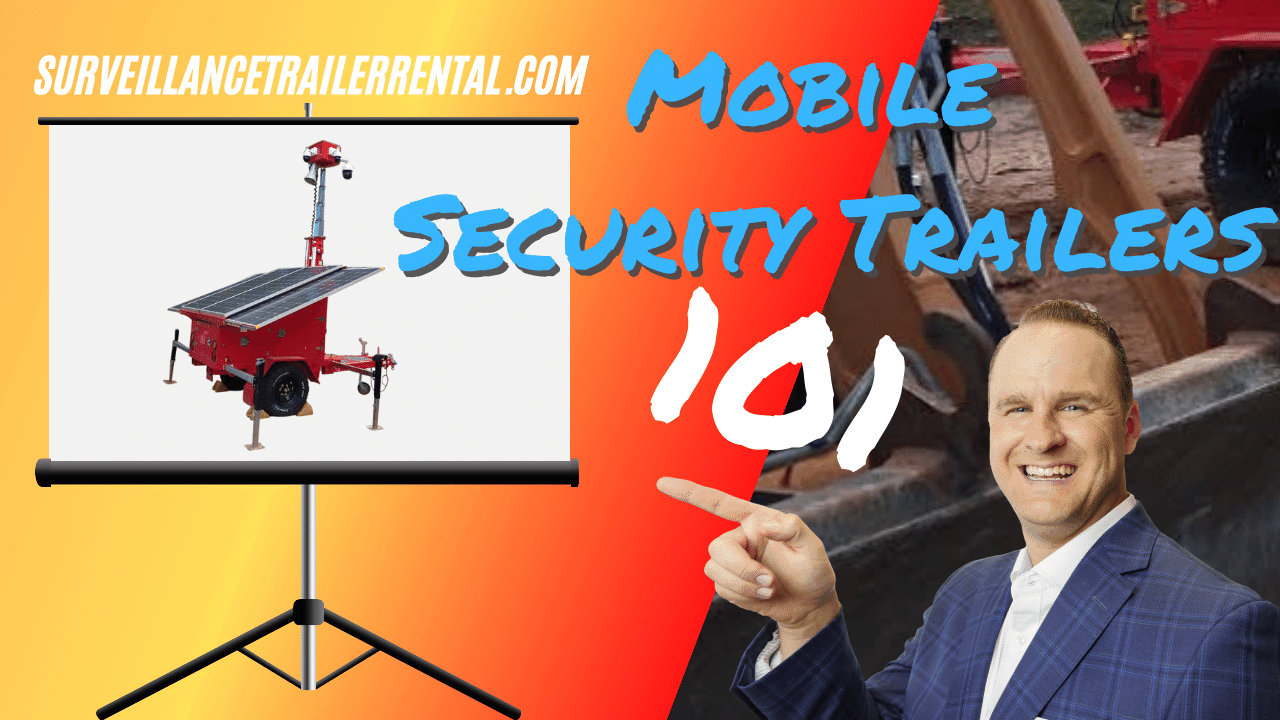Top 5 Most Common Questions About Solar Surveillance Trailers

Mobile solar surveillance trailers are the perfect tool for people having off-grid locations, shopping center short/outdoor events, or remote/construction sites who are looking to check vandalism or theft. They are usually autonomously-powered. The use of this equipment is ideal for organizations aiming to apply security measures, but may lack the resources to hire on-site guards. Below are some of the most common questions about these surveillance trailers with a focus on the power system of the trailer.
What size solar panels are needed?
Usually, solar power is always a matter of numbers. The power you need vs. the power the panel can produce. Undersized panels are a serious issue. Equally, unnecessarily large panels can increase installation cost and complexity. Factors such as seasonal changes, project location, equipment requirements, and micro-climates should be considered before choosing your panels. Weather conditions vary from season to season across different regions. This affects the amount of energy generated by the panels. In this case, solar panels designed for “typical” or “regular” sun conditions won’t be appropriate. In addition, the total power consumption of the system should be considered as undersized panels could result in recurrent outages and potential battery damage. Depending on these conditions, your panel size can range from 100W to as high as 1,200W.
How many batteries and what kind?
On average, a system uses 12 lead-based batteries. Each of the battery has a rating of 100Ah, 12Vdc (with 100-hour discharge at 1amp). These top performance lead-based batteries use the most current technology and are designed to store energy over a long-term with a very minor internal discharge rate.
Most commonly used batteries are Lithium Iron Phosphate (LiFePo) and Lead Acid batteries. The available energy in Lithium batteries is nearly double the energy found in sealed Lead Acid. This is because you can use about 80 – 90% of stored energy in Lithium batteries compared to only 50% in Lead Acid batteries.
Charge Controllers for Solar Surveillance Trailers
Solar charge controllers generally work to stop “reverse current” flowing from the batteries into the PV modules, prevent overcharging and improve overall charge quality. They also disconnect power to the loads when the voltage of the batteries dip too far. Charge controllers are available in different amp versions for both 12- and 24-Volt batteries. They come with additional features such as lighting control, remote temperature sensor, remote meter and optional meter depending on your choice.
Recharge Rates for Surveillance Trailers (How long do they take to fully recharge?)
Recharge rates are fully dependent on the panel’s wattage ratings and the light conditions. For instance, under ideal summer light conditions, it could take days to fully recharge a 100-amp hour battery using a panel with 100 watts of solar power. Also, for a solar panel to produce maximum-rated power, there must be direct sunshine on the panel’s surface.
How many days can it supply power with no sunlight?
Depending on the type of battery, wattage ratings, and power consumption rate, a solar surveillance trailer can supply power ranging from days to months without sunlight.
Final Thoughts
The bottom line is that you’ve gotta do research to determine exactly what’s best for your deployment scenario. Even then, there are so many variables impacting the success of a long-term solar surveillance deployment, you have buffer your numbers and oversize in most cases. When you aren’t sure, work with your distributor to help properly size and scope these systems.




